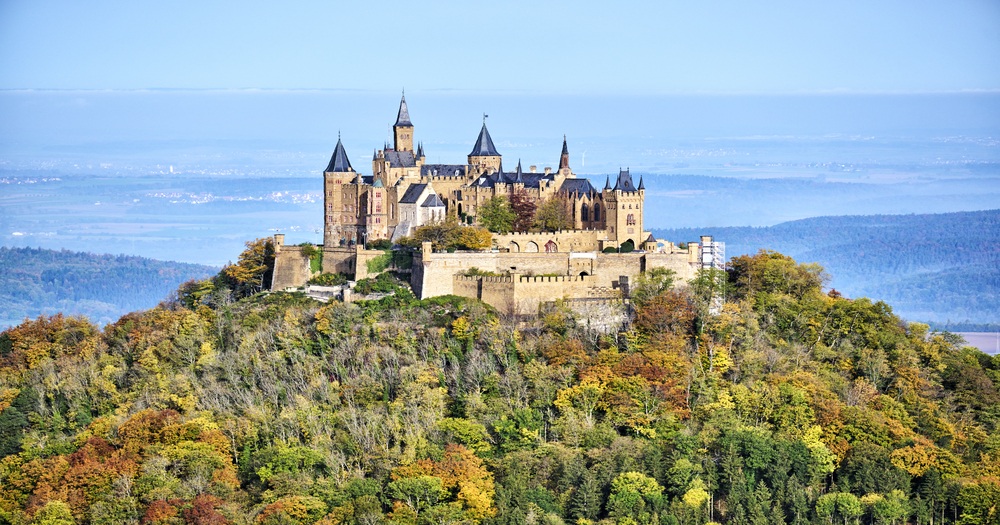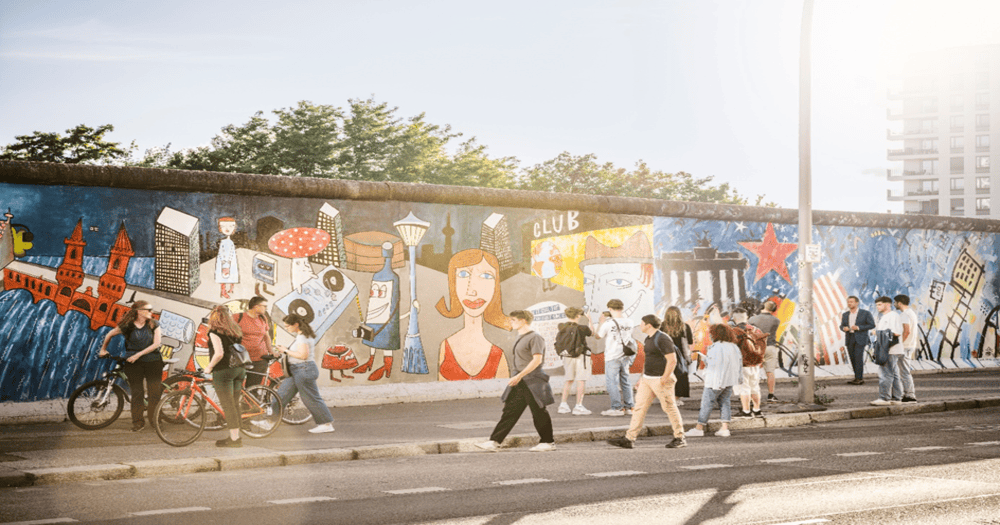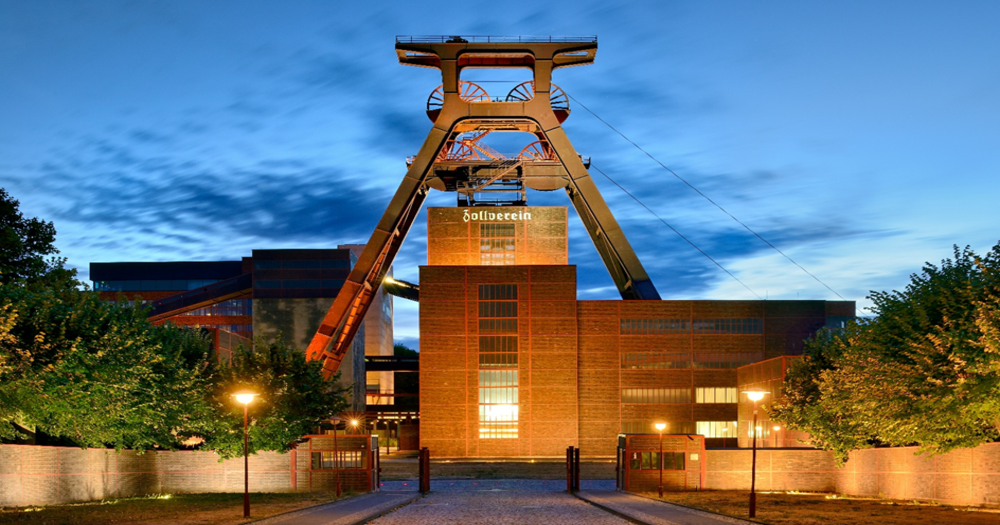Unlock heritage beyond the crowds
From moving memorials and majestic castles to its great thinkers and rich industrial heritage, Germany offers intriguing hidden history. Explore Germany’s past in the off-season, when culture and remembrance unfold in a more authentic, less hurried way.
Castles of change and legacy
German castles and palaces are much more than just former residences—they embody stages of history. In 1832, 30,000 people gathered at Hambach Castle in Neustadt to demand freedom and unity, raising the black, red and gold flag as a lasting symbol. Cecilienhof Palace in Potsdam was the setting for the 1945 Potsdam Conference, where the Allies shaped Europe’s future. Emmeram Palace in Regensburg honors the Thurn and Taxis family’s significant contribution to Europe’s postal system. Discover these historic landmarks and step into the places where history was written.

In the footsteps of poets and thinkers
Germany is home to famous poets and thinkers whose work continues to shape culture. In Weimar, Johann Wolfgang von Goethe wrote Faust; the Goethe National Museum and his former residence preserve his legacy. In Lübeck, Thomas Mann’s Buddenbrooks reflects his Hanseatic roots, which are vividly presented at the Buddenbrooks House. The Brothers Grimm immortalized timeless fairy tales, while Friedrich Schiller, Heinrich Heine, and Hermann Hesse influenced literature far beyond Germany. Following their traces through museums, routes or historic sites allows you to discover the history behind Germany’s cultural identity.

Memories that shaped a nation
Germany’s memorial landscape tells a powerful story of dictatorship, division and the long journey towards democracy. The Reichstag in Berlin, targeted by the Nazi regime and later scarred by war, is now a symbol of renewal and a thriving parliament. The Berlin Wall Memorial and the East Side Gallery along Bernauer Straße recall decades of separation and offer insight into lives shaped by physical and ideological barriers. In Leipzig, the former Stasi headquarter—now the Runden Ecke Museum—reveals the machinery of surveillance that defined daily life in the GDR. Visiting these sites encourages deep reflection, transforming Germany’s memorials into powerful spaces for remembrance and education.

From factories to culture hubs
Many German cities still carry the legacy of the coal, steel and heavy industry that shaped the 19th century. The Völklinger Hütte, now a UNESCO World Heritage Site, has preserved the vast ironworks in its original state, and the halls that were once filled with smoke and fire now host exhibitions, concerts and festivals. In Saxony, the Industriemuseum Chemnitz recounts the region’s industrial heritage and technological accomplishments. The Ruhr area, once the heart of Germany’s coal and steel production, has reinvented itself: its former mines and steelworks now serve as museums and cultural venues. These sites breathe new life into industrial history and invite visitors to experience it in innovative ways.
